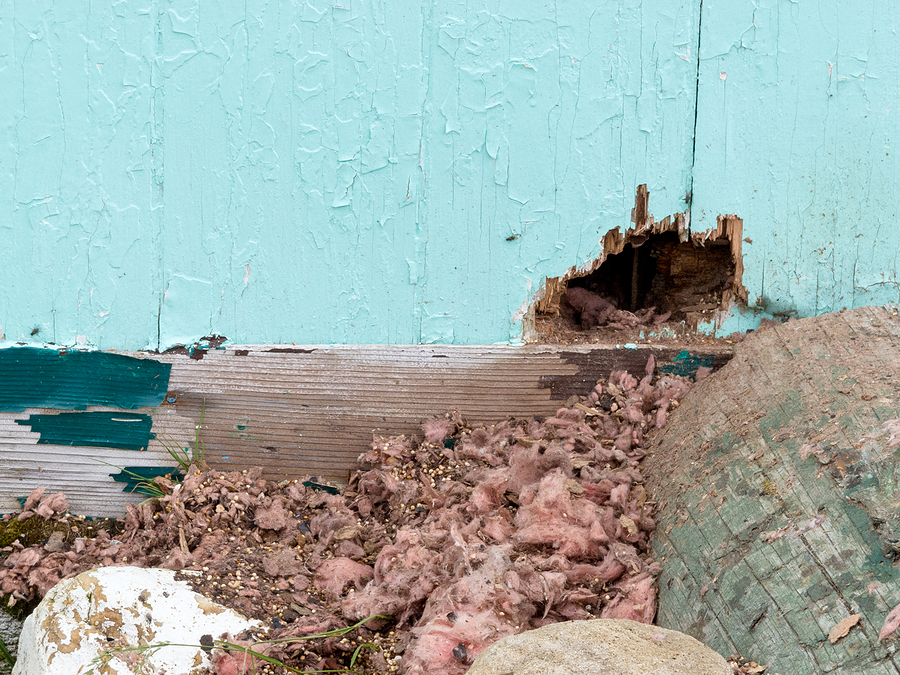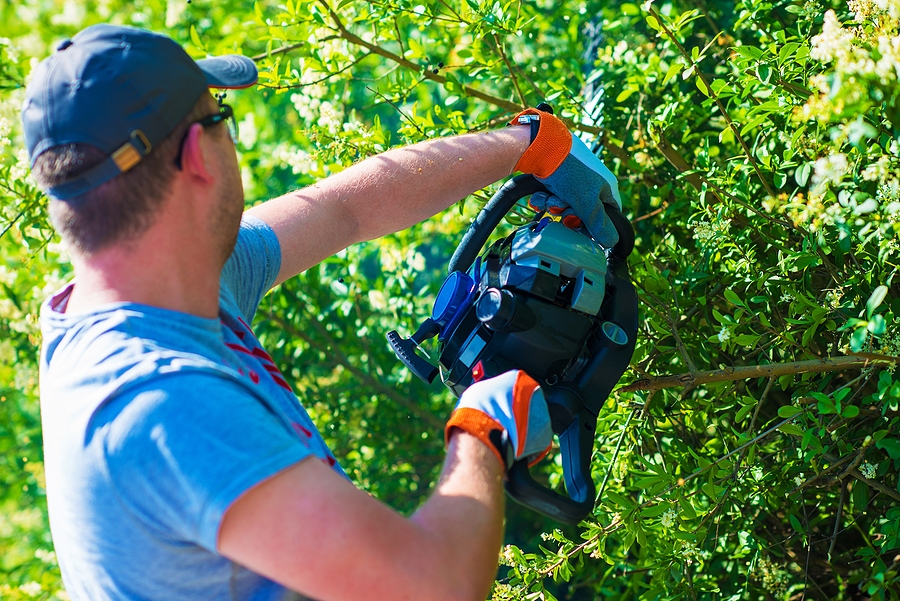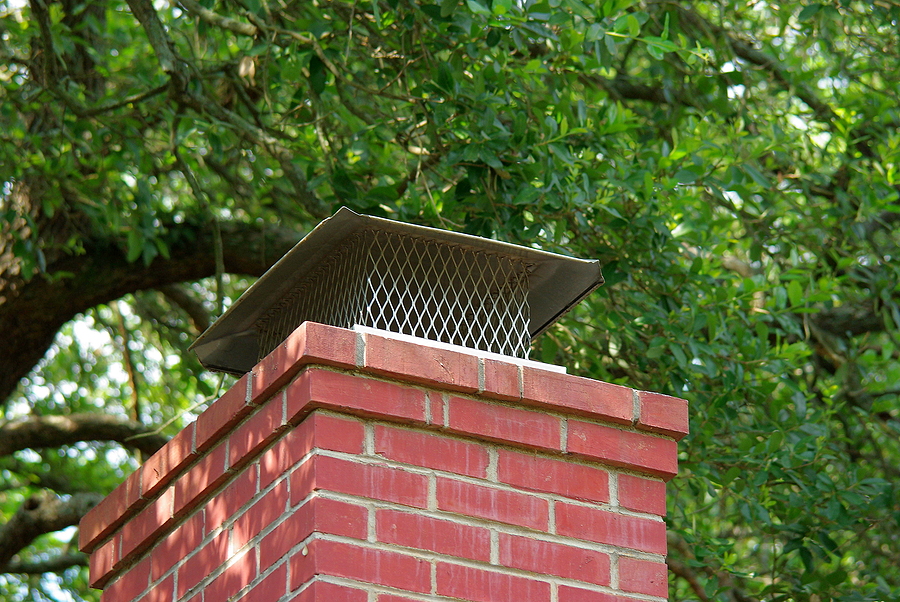Every October 4th, animal lovers and environmentalists come together to celebrate World Animal Day. This annual event raises awareness and encourages action for the welfare of animals and the preservation of their natural habitats. But what is the true significance of this day, and how can we all contribute to its mission? Let’s explore the history and impact of World Animal Day and discover ways to participate in this global movement for wildlife conservation and environmental protection.

Discovering the Roots of World Animal Day
World Animal Day has a rich history dating back to 1925 when it was first celebrated as a way to honor Saint Francis of Assisi, the patron saint of animals. The event quickly gained momentum and evolved into an international campaign advocating for the rights and welfare of all living creatures. Today, it’s a powerful reminder of our shared responsibility to protect the planet’s diverse species and ecosystems.
The importance of World Animal Day extends beyond a single day of celebration. It’s an opportunity to reflect on the challenges facing wildlife and the environment and to take meaningful action. By raising awareness and fostering a sense of unity, World Animal Day inspires people worldwide to work towards a future where animals are treated with respect and care.
The Ripple Effect on Wildlife Conservation
World Animal Day has a significant impact on wildlife conservation efforts globally. By uniting individuals, organizations, and governments, it helps to address critical issues such as habitat loss, climate change, and poaching. These challenges threaten countless species, but World Animal Day serves as a catalyst for change, empowering people to protect the natural world.
One key aspect of World Animal Day is its focus on wildlife management and control. Humane strategies for dealing with wildlife in suburban communities can prevent conflicts while ensuring the safety and well-being of animals. By promoting these practices, World Animal Day supports the coexistence of humans and wildlife, fostering a more sustainable future for all.
In recent years, initiatives inspired by World Animal Day have led to impressive conservation successes. From protecting endangered species to restoring damaged ecosystems, the positive impacts of these efforts are vast and far-reaching. This global movement demonstrates the power of collective action and the potential for positive change when individuals come together for a common cause.
Getting Involved and Making a Difference
There are countless ways to participate in World Animal Day and make a real difference for animals and the environment. One simple yet effective way is to educate yourself and others about the importance of wildlife conservation and environmental protection. Sharing knowledge and raising awareness can inspire others to join the movement and contribute to positive change.
Volunteering your time and skills with local conservation groups or wildlife organizations is another excellent way to get involved. These groups often need support for various projects, from habitat restoration to wildlife monitoring. By volunteering, you can directly impact the success of these initiatives and help protect endangered species and ecosystems.
Finally, consider supporting wildlife-friendly products and businesses. By choosing environmentally responsible products, you can reduce your ecological footprint and support companies committed to sustainable practices. Your choices as a consumer can drive demand for better products and encourage others to follow suit, promoting a more Eco-friendly lifestyle.
Celebrating Success and Inspiring Global Initiatives
World Animal Day has inspired countless success stories and global initiatives, showcasing the incredible potential of collective action. For example, the campaign to save the Amur leopard, one of the world’s most endangered big cats, has gained international attention and support, leading to increased conservation efforts and a growing population.
Similarly, efforts to protect marine life have seen significant progress thanks to World Animal Day initiatives. Campaigns advocating for the reduction of plastic waste in oceans have succeeded in raising awareness and inspiring change, leading to cleaner waters and healthier marine ecosystems.
These successes highlight the importance of continued support and involvement in World Animal Day initiatives. By celebrating these achievements, we can inspire others to join the movement and contribute to the ongoing fight for animal welfare and environmental protection.
Harnessing the Power of Social Media
Social media plays a crucial role in raising awareness and mobilizing support for World Animal Day. Platforms like Instagram, Facebook, and Twitter provide a powerful tool for sharing information, connecting with like-minded individuals, and amplifying the voices of those advocating for change.
By using social media to share stories, images, and videos related to World Animal Day, you can help spread the message and engage others in the conversation. Participating in online events, webinars, and discussions can also provide valuable insights and opportunities to learn from experts and fellow activists.
Social media can also be a platform for showcasing your actions and inspiring others to follow suit. Whether you’re organizing a local event, volunteering with a conservation group, or adopting sustainable practices, sharing your experiences can motivate others to get involved and make a difference.
Setting Future Goals and Continuing the Fight
While World Animal Day has already achieved significant milestones, there is still much work to be done. Future goals include expanding the reach and impact of the event, engaging more people in conservation efforts, and addressing emerging challenges such as climate change and habitat destruction.
To achieve these goals, it’s essential to continue advocating for animal welfare and environmental protection beyond World Animal Day. By staying informed, supporting conservation initiatives, and encouraging others to join the movement, we can ensure a brighter future for all living creatures.
World Animal Day serves as a reminder of the power of collective action and the importance of working together to protect the planet. By setting ambitious goals and continuing the fight for a sustainable future, we can create lasting change for animals and the environment.
The Journey Continues
In conclusion, World Animal Day is an essential event that unites people worldwide in support of wildlife conservation and environmental protection. By understanding its history, celebrating its successes, and participating in its initiatives, we can all play a part in creating a better world for animals and humans alike.
Now that you know more about World Animal Day and its impact, it’s time to take action. Join the conversation and share your thoughts on how you’ll celebrate and contribute to this important cause. Together, we can make a difference, ensuring a brighter future for all living creatures.
Are you dealing with nuisance wildlife threats around your home or business? Contact Virginia Wildlife Pros at 804-292-0156 for professional wild animal removal and control in Richmond, or its surrounding towns. We serve residential and commercial customers with free quotes, free advice, and quality work.
Related Posts:
Nature in Balance: Ethical Approaches to Wildlife Control
Preventing Animal Infestations: What You Need to Know
Shadow or Not: Celebrating Groundhog Day with Pest-Smart Tips









